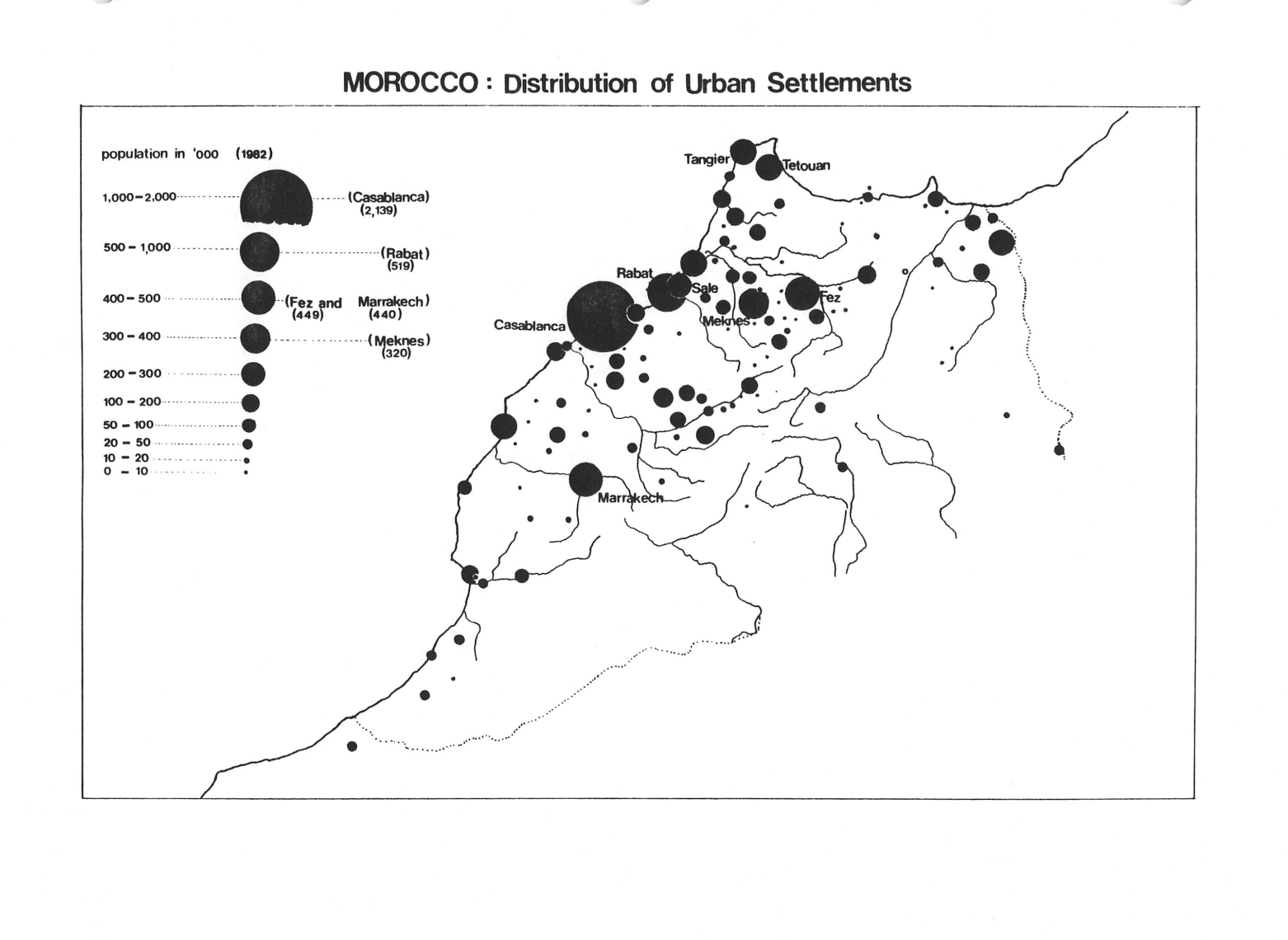Abstract
I2UD produced a regional assessment report of National Urban Policies (NUPs) in Arab States in 2014, to describe and analyze contextual factors and the evolution of policies in major Arab states. The assessment included five in-depth case studies of NUPs in Egypt, Jordan, Morocco, Saudi Arabia, and Sudan, which reflect the geographical diversity in the area, as well as current policy objectives, opportunities and challenges in implementation for the region.
In a related report from April 2016, Mona Serageldin and François Vigier addressed a broader scope of NUPs, including European and global factors, in a paper titled “National Urban Policies and the Role of Sub-national Governments.”
Case study analysis focused on cross-cutting themes of compact and connected cities, inclusive cities, and climate-resilient cities. The final outputs included these case studies, a regional synthesis report, and a table of country profiles in relation to national urban policies.
Documents include an initial expression of interest, inception report, case studies for each country, final assessments, an executive summary, annexes and methodological notes, and an additional memo on informal settlements in Egypt.
See related I2UD projects below
Related I2UD Projects
Related by – City or Community Case Studies
“Planning for Climate Adaptation Program” for Four Dominican Republic Municipalities: Santo Domingo National District, Santiago de los Caballeros, San Pedro de Macoris, and Las Terrenas, 2015
“National Urban Policies in Arab States,” Regional Assessment and Case Studies on NUPs in Egypt, Jordan, Morocco, Saudi Arabia and Sudan, 2014
“Arusha Urbanization Strategy and Urban Development Plan,” Development Strategy for Arusha Municipality, Tanzania, 2009-2012
ICLRD: Urban Reconciliation Case Studies for Public Housing Estates in Ireland and Northern Ireland, with Study Profile on the Basel Metropolitan Area, 2010-2012
Executive Training Course 2006: “Strategic Planning for Sustainable Infrastructure Development,” Workshop Curriculum with Case Studies, Pretoria, South Africa, 2006
IEP 2003: “Infrastructure and Partnerships for Local Economic Development” in Pretoria and Bloemfontein, South Africa, International Education Programs, 2003
IEP 2002: “Strategic Planning for Local Development & Urban Revitalization,” Program Overview, International Education Programs, 2002
Workshops on “Strategic Planning and Management of Municipal Infrastructure Programs,” from Review of Grant-Funded MIPs in South Africa, May-June 1999
“Housing Microfinance Initiatives,” Case Study for USAID Microenterprise Best Practices Initiative, 1999-2000
ITP 1998: “The Role of Public/Private Partnerships in Urban Improvements,” with Case Studies on Kreuzberg, Berlin (Germany), GIS Mapping on Cape Cod (US) and the Maarouf Quarter of Cairo (Egypt), 1998
“City of Szczecin Capital Improvement Program,” Case Studies for Technical Assistance Program, Szczecin, Poland, 1996
ITP 1994: “Revitalization in Older Urban Spaces,” Upham’s Corner, Dorchester, Boston, South Boston, and New Haven (US); Montpellier (France); and Cork (Ireland) with Case Studies, International Education Programs, 1994
“Introduction to Local Finances,” Teaching Monographs and Case Studies on Finance Management, by Visiting Lecturer David C. Jones, 1994-1999
Related by – Regional Assessments
Related I2UD Photograph Galleries






